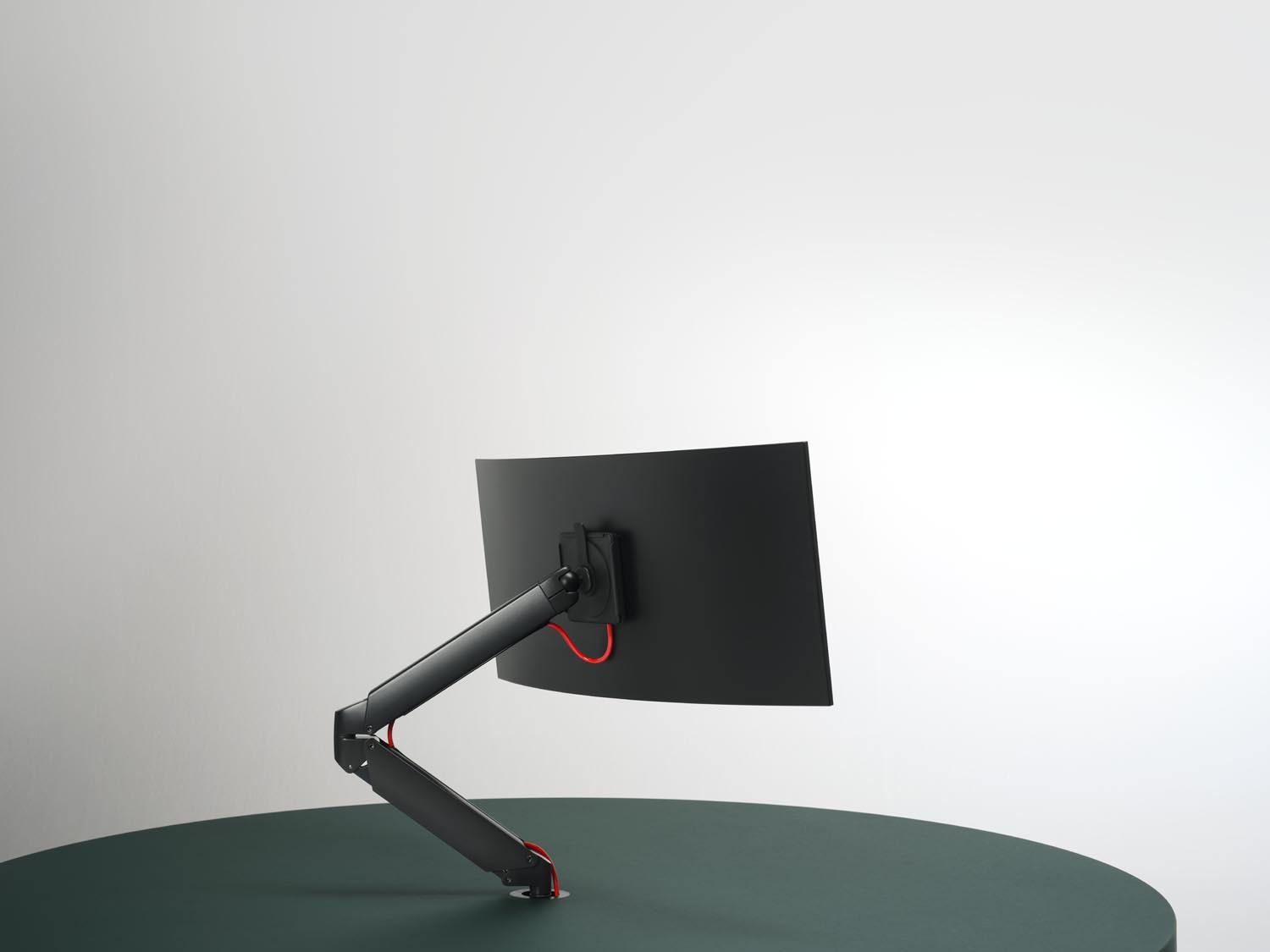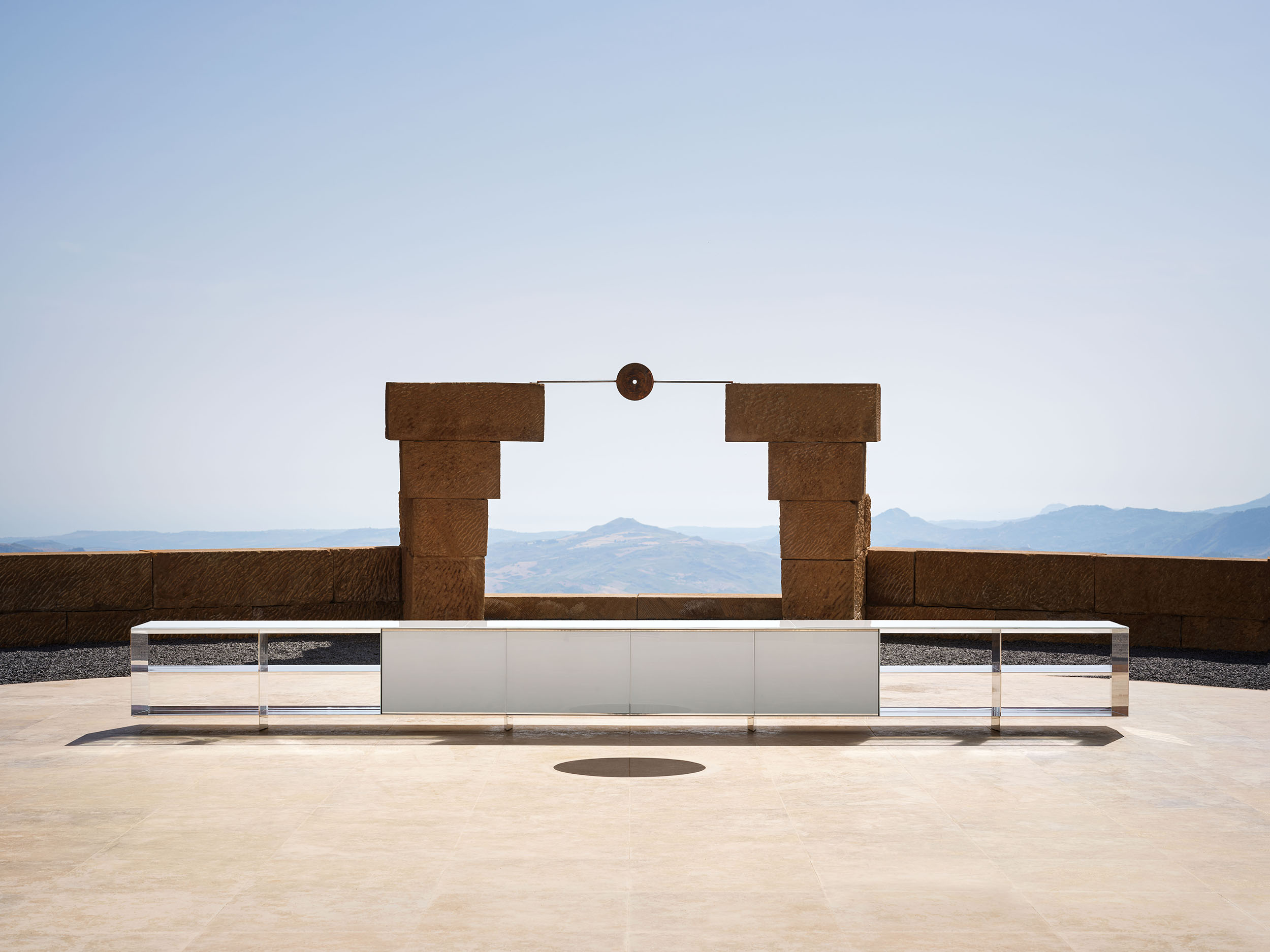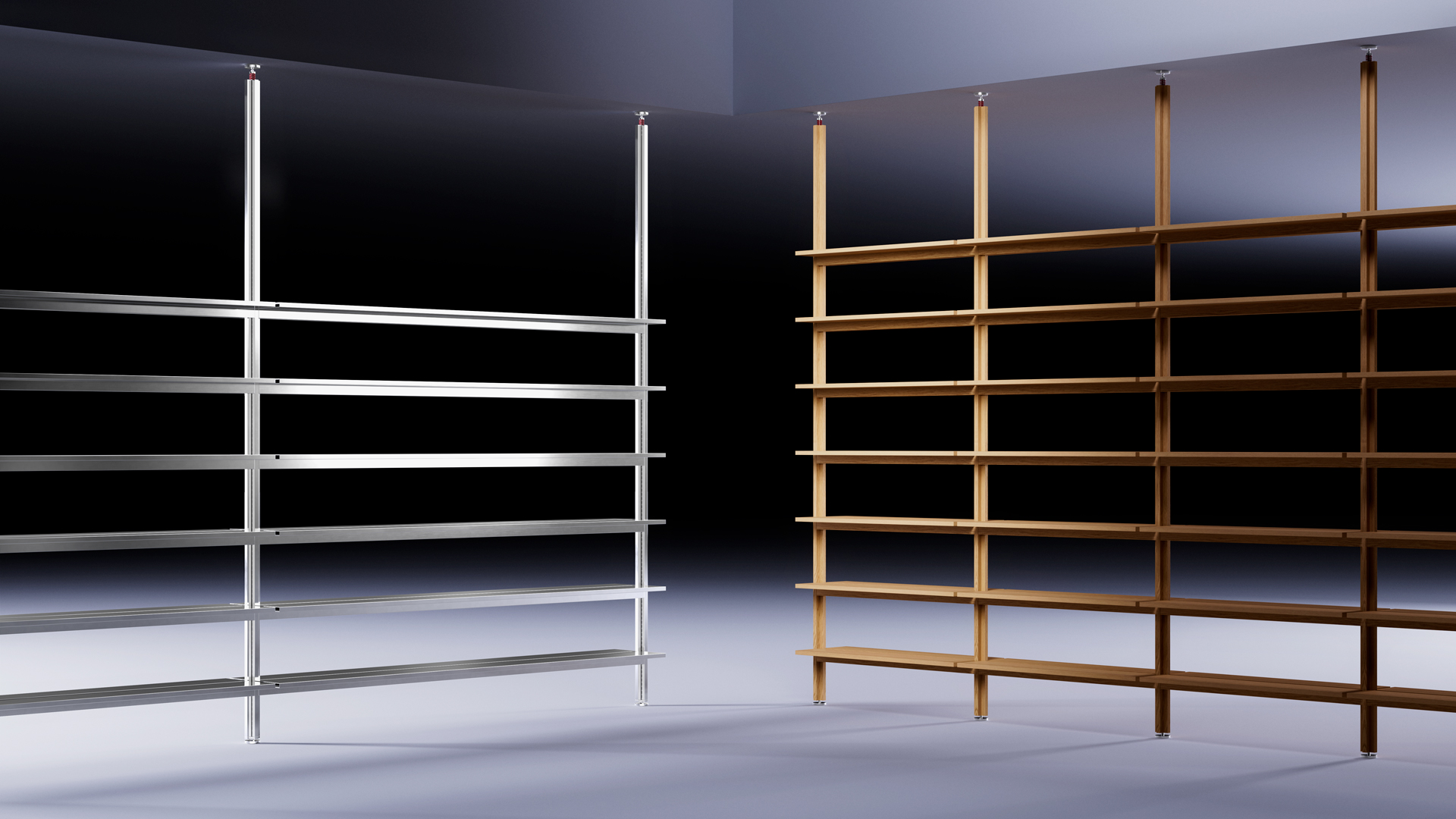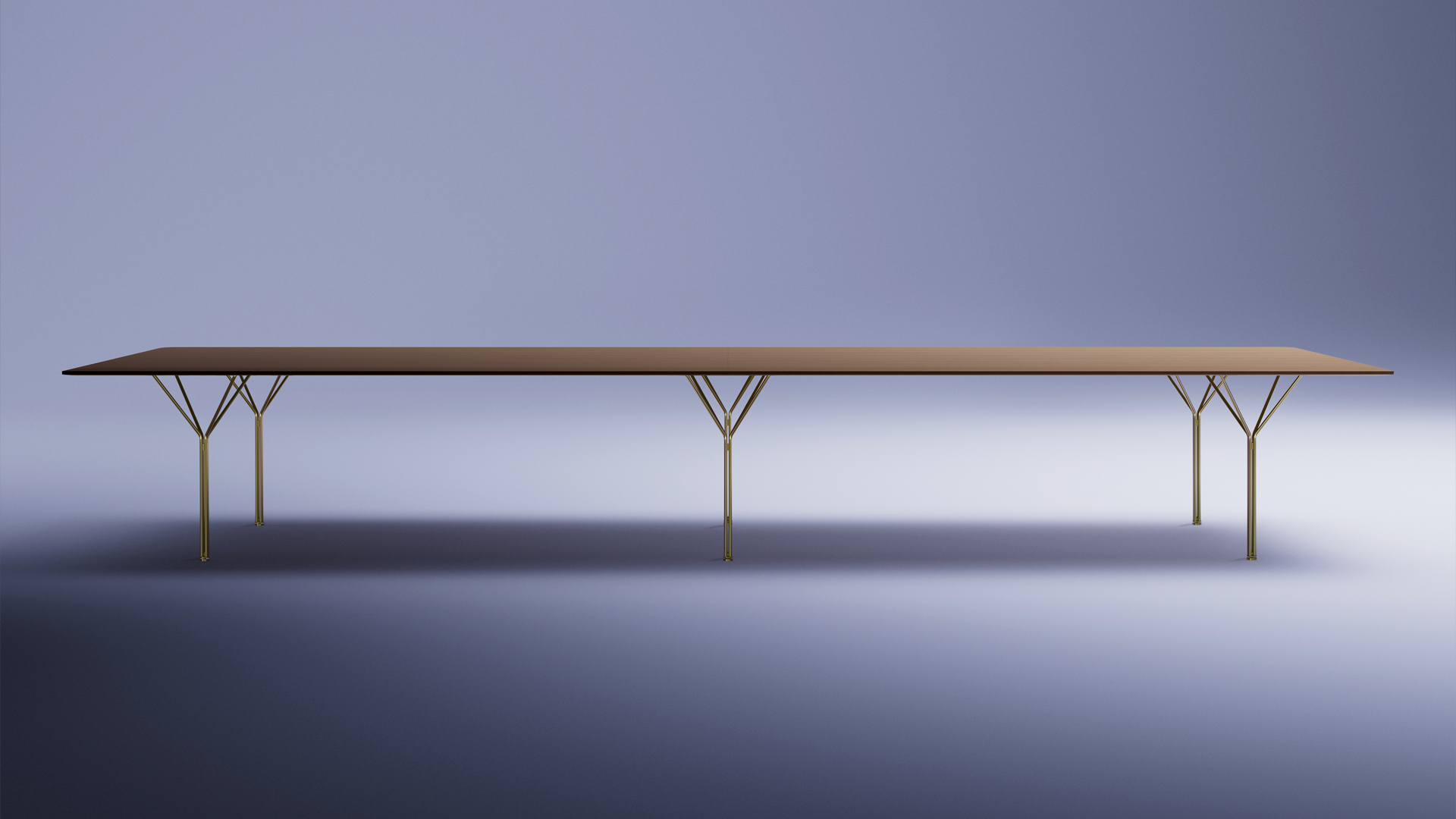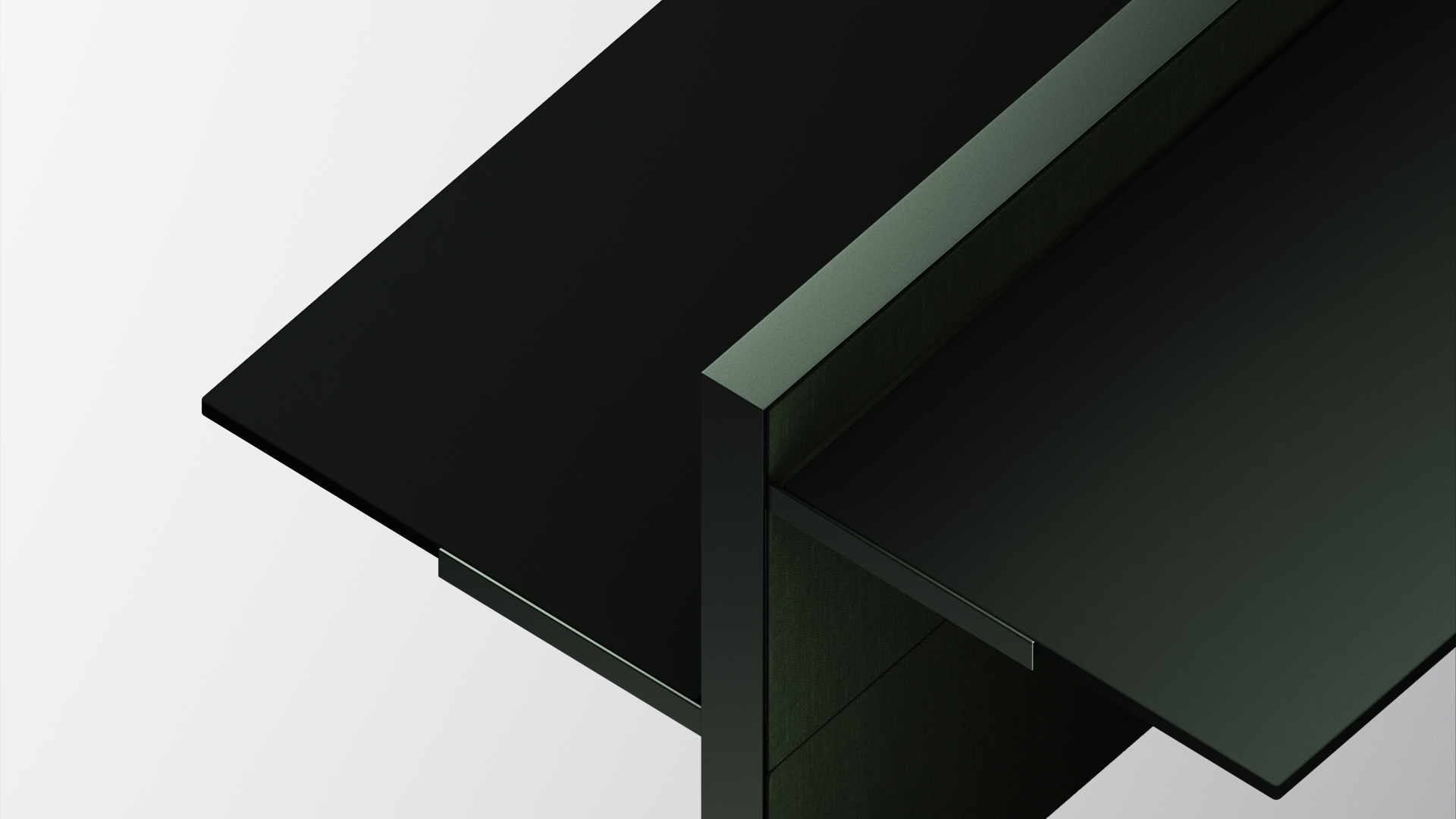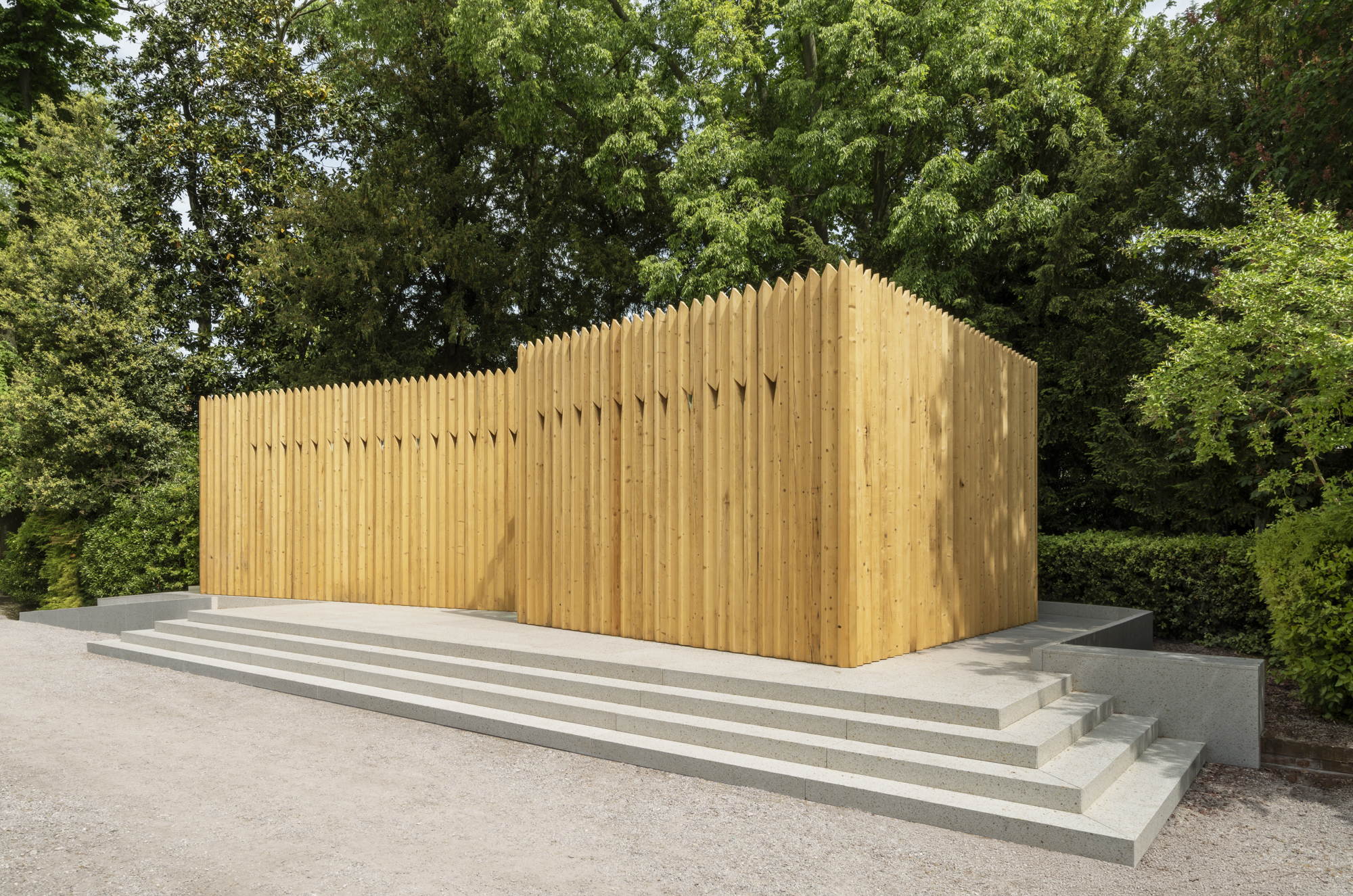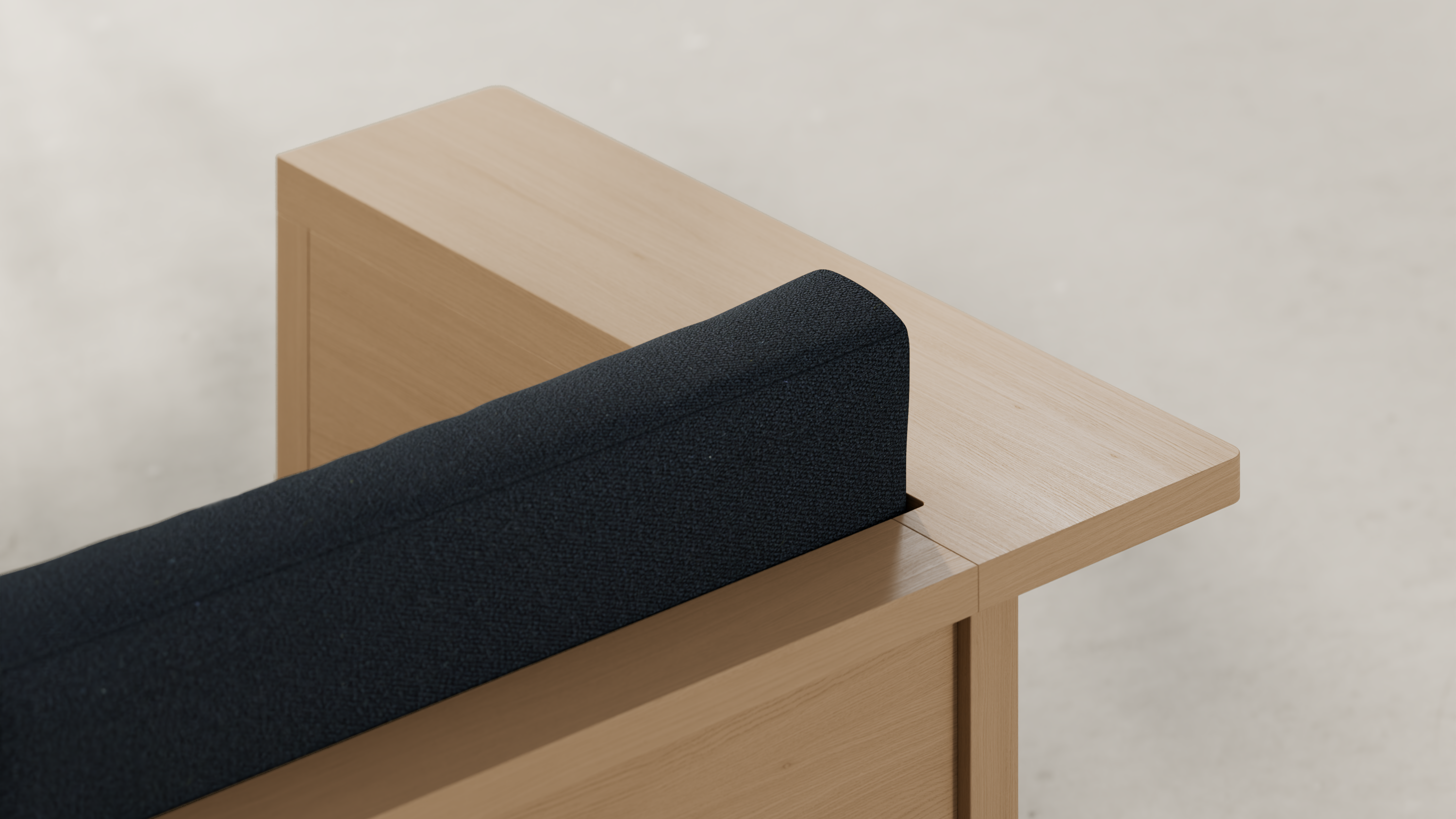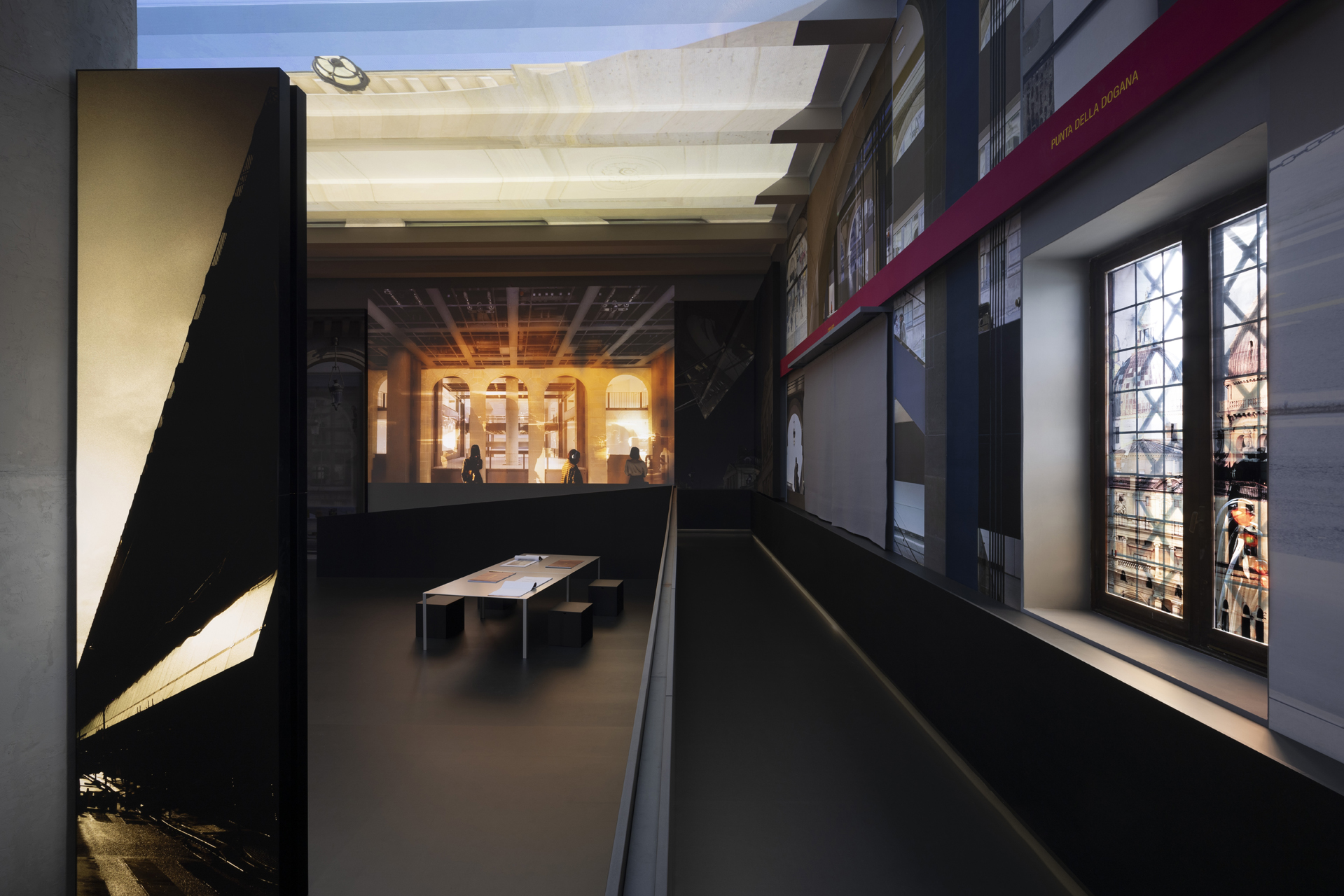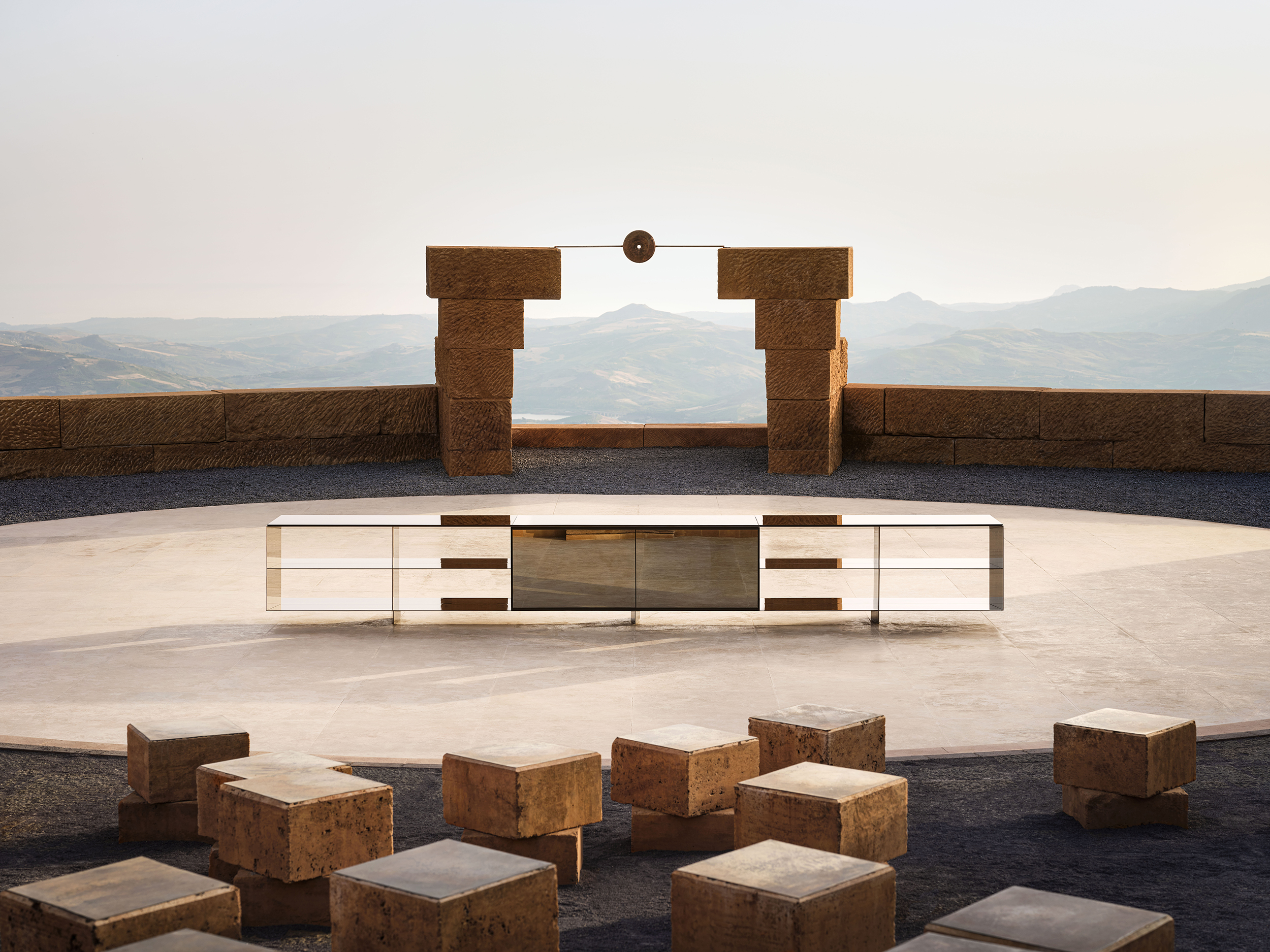
UniFor project for the pavilion at the Venice Biennale
when
2025
where
VENICE
On the occasion of the 2025 Venice Biennale, UniFor worked on the executive development of a pavilion project conceived by Nigerian architect Mariam Issoufou whose practice resists hyper-technological approaches in favour of grounded, regenerative design—affirming architecture as a vehicle for continuity, care, and collective meaning.
At the heart of the design concept lies a vision deeply rooted in environmental sustainability and respect for local resources, guiding every phase of the project's realization.
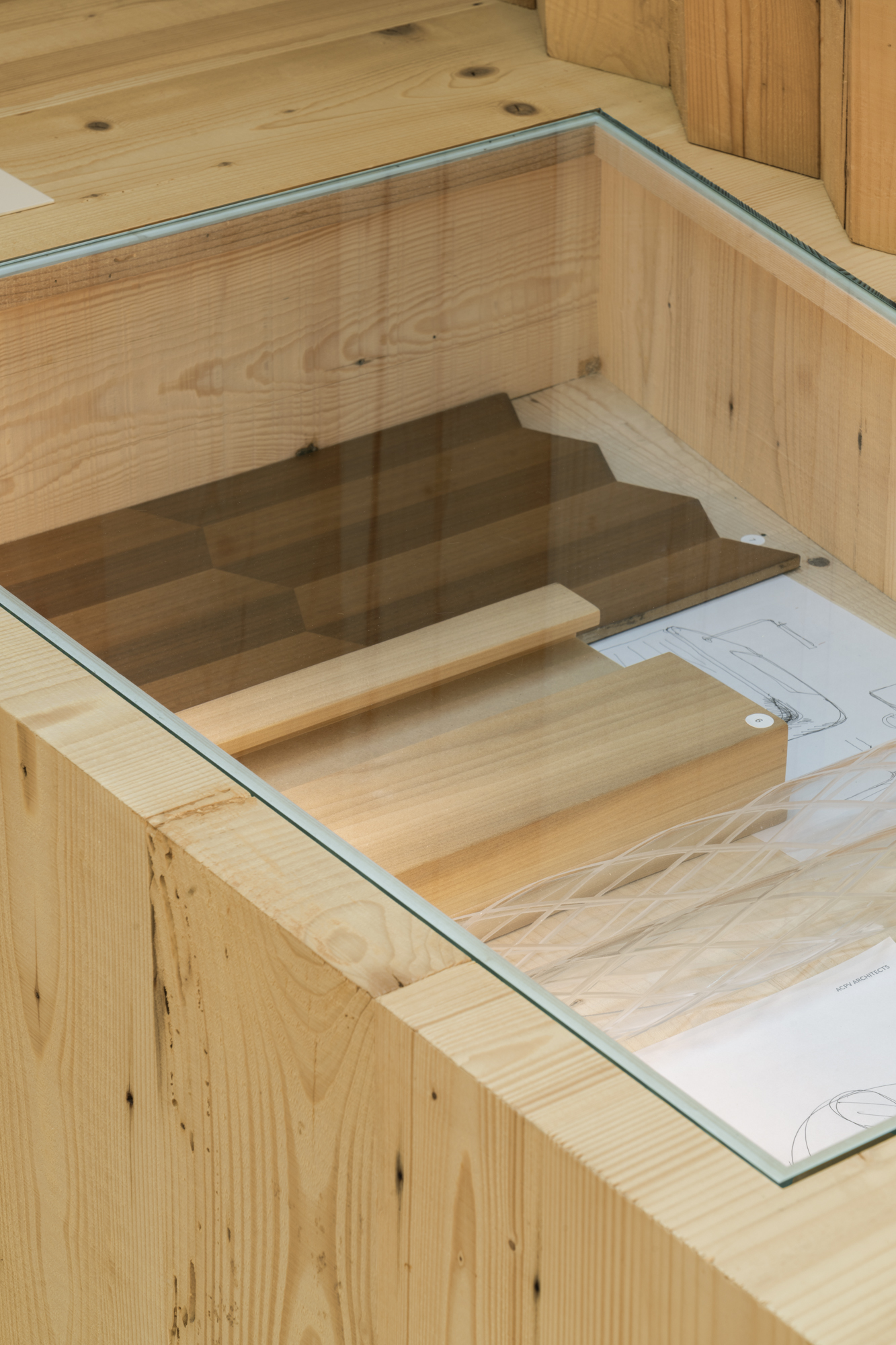
The pavilion, measuring approximately 200 square meters and located within the Giardini of the Venice Biennale, is designed as a space that leverages natural air circulation.
All materials used are locally sourced, recycled, or derived from short supply chains. The external wooden cladding, crafted by a joinery workshop based in Treviso, is composed of solid wood beams — dating from 80 to 200 years old — recovered from architectural elements of historic Venetian buildings, including those in Venice, Treviso, Padua, and Rovigo.
This design philosophy extends to the flooring: a traditional Venetian terrazzo, enriched with cotissi — fragments of Murano glass repurposed from previous production processes and embedded as decorative mosaic elements.
The fully transparent roof provides shelter while allowing natural light to permeate the interior. Beneath it, a composition of cast glass discs in soft, graduated shades of green and lagoon tones evokes the maritime landscape and was created in collaboration with a local artisan.
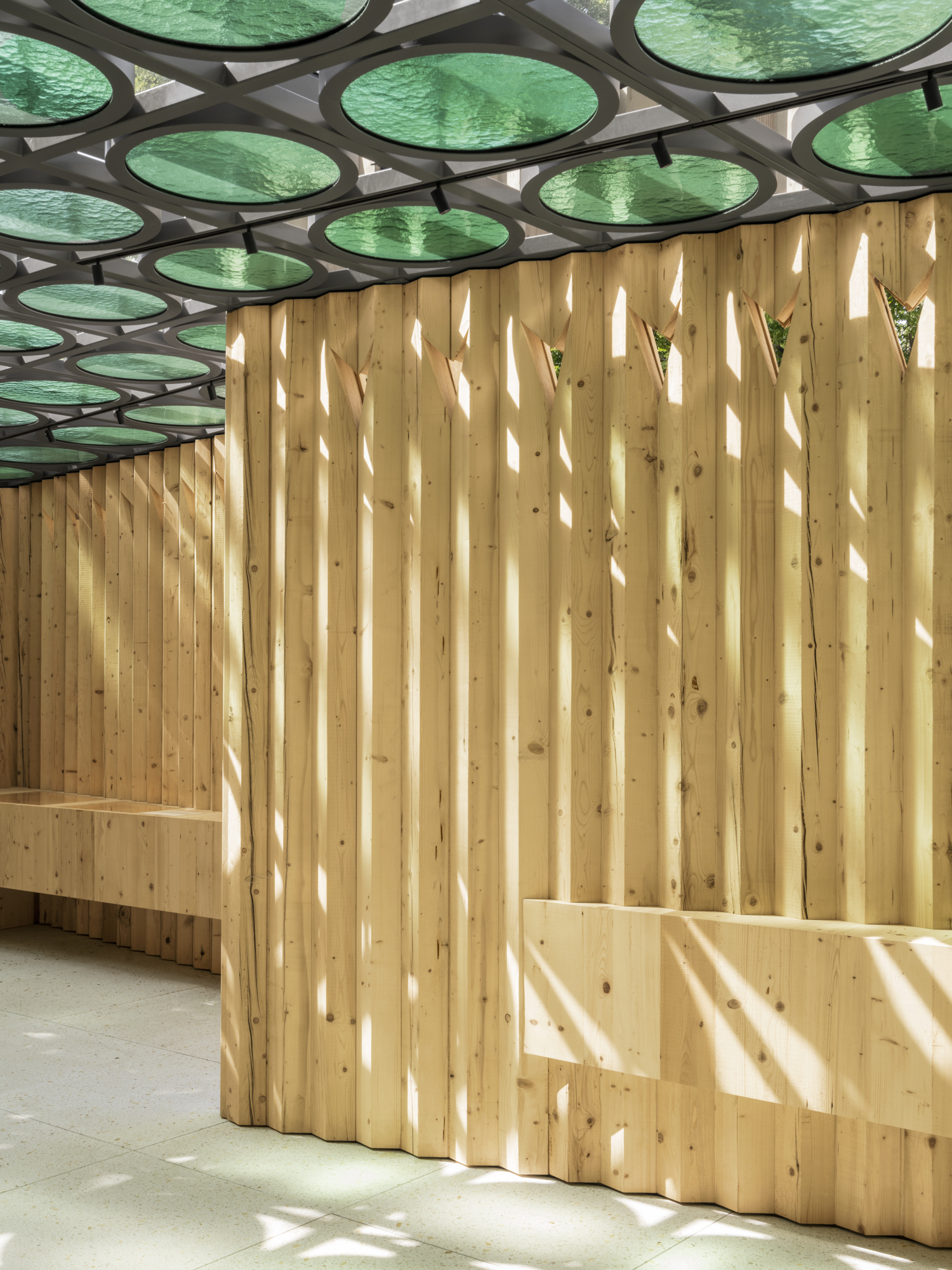
Inside, the wall-mounted storage units echo the external cladding, made from the same reclaimed solid wood, shaped into triangular sections to maintain material and formal coherence.
The space is further enhanced by a series of video screens: a central display features a film documenting the pavilion’s construction, while additional screens along the walls showcase selected architectural projects.
UniFor managed the executive production of the pavilion, coordinating local suppliers for the fabrication of carpentry, structural components, and support systems for screens and graphic elements, in line with the original design specifications.
Ongoing dialogue with the architect enabled the transformation of a design vision into a built reality, in which every element reflects principles of sustainability, proximity-based production, and contextual sensitivity. At the end of the Biennale, a careful evaluation will be carried out to explore possibilities for recovering the pavilion and its components, in keeping with the project's commitment to circularity and responsible reuse.

